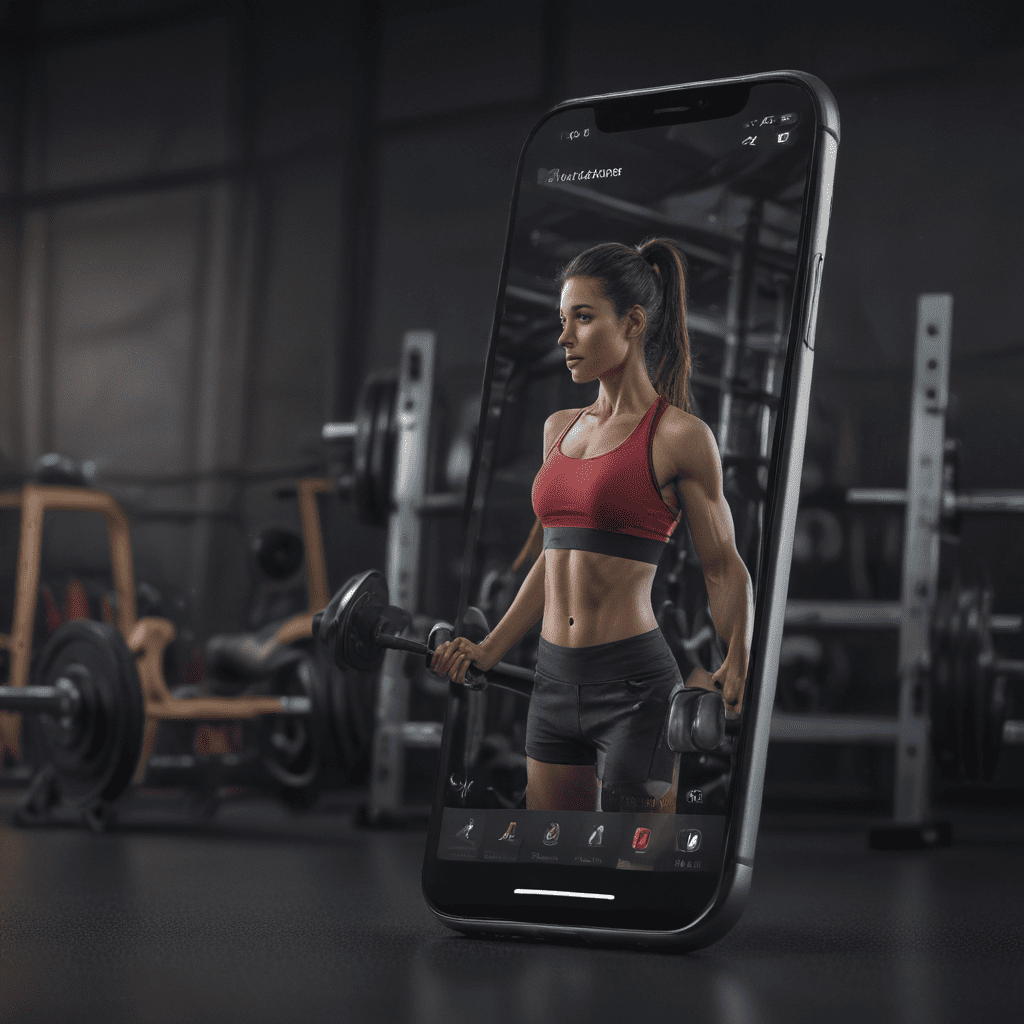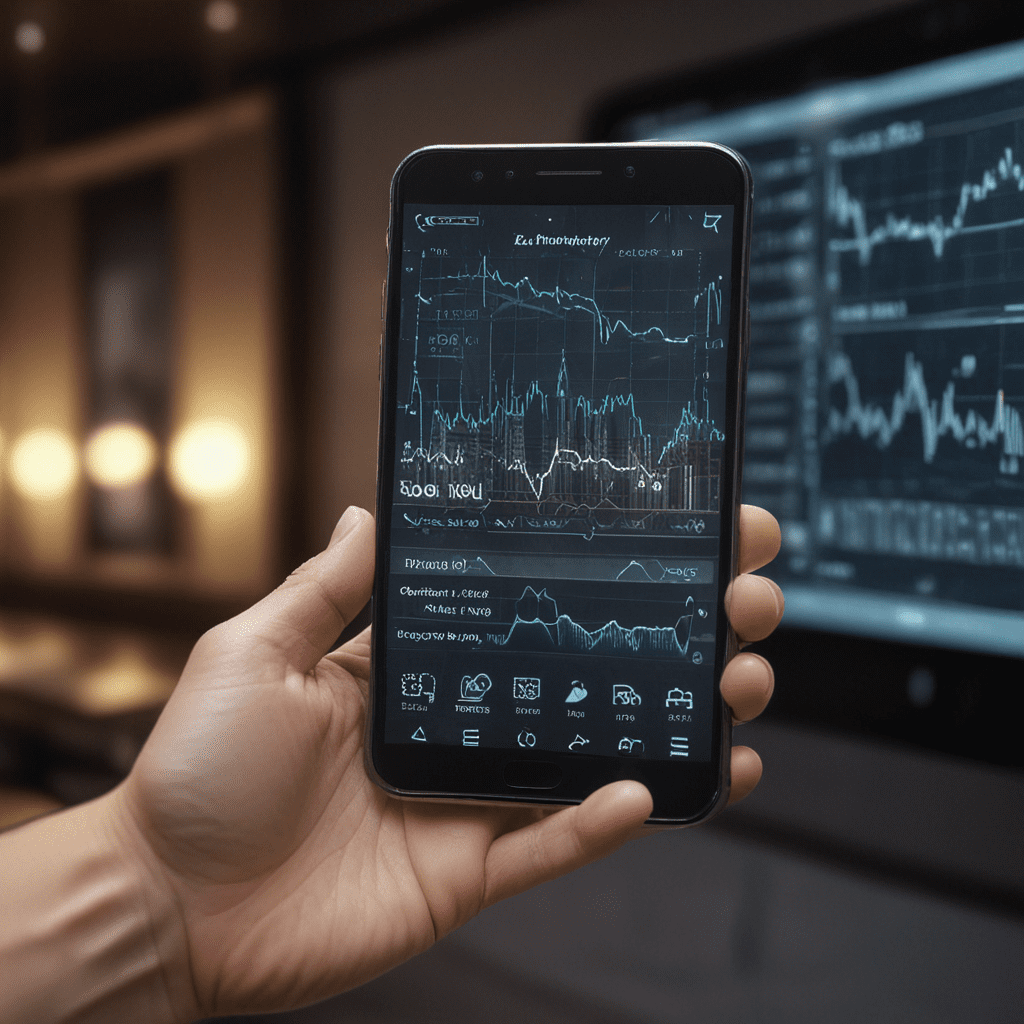
Mobile App Development for Personalized Fitness: Tools and Strategies
1. Introduction
The growing emphasis on health and wellness has fueled the demand for personalized fitness solutions. Mobile apps have emerged as powerful tools in this domain, offering tailored exercise plans, nutrition guidance, and health monitoring capabilities. This article explores the key aspects of mobile app development for personalized fitness, delving into the tools and strategies that drive effective solutions.
2. Understanding Personalized Fitness
Personalized fitness approaches focus on customizing fitness plans to meet individual needs and goals. By collecting user data on fitness levels, body composition, and lifestyle habits, mobile apps create personalized recommendations and track progress. This tailored approach enhances motivation, optimizes results, and reduces the risk of injuries.
3. Benefits of Mobile App Development for Personalized Fitness
Mobile fitness apps provide numerous benefits, including:
- Convenience: Users can access workouts, nutrition plans, and health tracking anytime, anywhere.
- Tailored Guidance: Apps offer personalized recommendations based on individual data, ensuring targeted and effective fitness routines.
- Monitoring and Tracking: Apps track progress, allowing users to stay motivated and make adjustments as needed.
- Community and Support: Many apps offer online communities and support systems, providing encouragement and accountability.
- Integration with Wearables: Apps seamlessly connect with wearable devices to collect real-time health data, enhancing the accuracy of personalized insights.
4. Key Tools for Mobile App Development
A comprehensive suite of tools is essential for mobile app development in the fitness domain. These include:
- Integrated Development Environments (IDEs): IDEs such as Android Studio and Xcode provide comprehensive tools for coding, debugging, and app deployment.
- Cross-Platform Development Tools: React Native, Flutter, and Xamarin enable developers to build apps for multiple platforms using a single codebase.
- Sensors: Mobile devices have built-in sensors (e.g., accelerometers, GPS) that can be leveraged to track user activity and physiological data.
- Cloud Storage and Computing: Cloud services such as AWS and Azure provide scalable storage and powerful computing resources for data processing and analytics.
5. Frameworks and Platforms for Mobile Fitness Apps
Several frameworks and platforms are specifically designed for mobile fitness app development. These include:
- Apple HealthKit: Apple's framework allows apps to access and share health data from Apple devices and wearables.
- Google Fit: Google's platform provides a similar set of tools for Android devices, enabling the integration of fitness tracking data.
- Fitbit SDK: Fitbit's SDK allows apps to connect with Fitbit devices and leverage their advanced tracking capabilities.
6. Data Collection and Analytics
Personalized fitness apps rely heavily on data collection and analytics. User data is collected through surveys, wearable devices, and sensors. This data is analyzed to gain insights into fitness levels, progress, and areas for improvement. Advanced analytics techniques can identify patterns, predict future behavior, and provide tailored recommendations.
7. User Interface Design and Experience
A user-friendly and engaging interface is crucial for mobile fitness apps. The design should be intuitive, easy to navigate, and visually appealing. Key aspects include:
- Information Architecture: Organizing content and features in a logical and accessible manner.
- Visual Hierarchy: Emphasizing important elements and guiding users through the interface.
- Customization Options: Allowing users to personalize the app based on their preferences.
8. Strategies for Personalized User Journey
To deliver a truly personalized experience, mobile fitness apps must create customized user journeys. Effective strategies include:
- User Segmentation: Dividing users into groups based on fitness goals, levels, and preferences.
- Adaptive Content: Tailoring content and recommendations based on user segmentation.
- Goal Setting and Tracking: Enabling users to set specific fitness goals and track their progress towards them.
- Progress-Based Challenges: Motivating users with personalized challenges based on their achievements.
9. Integration with Wearables and Health Devices
Wearable devices and health monitors provide valuable data for personalized fitness apps. Integration with these devices allows apps to:
- Track Real-Time Data: Collect heart rate, steps, sleep patterns, and other metrics in real-time.
- Enhance Accuracy: Combine data from wearables with user input to improve the accuracy of personalized recommendations.
- Expand Functionality: Offer additional features and insights based on data from wearables, such as workout analysis and recovery tracking.
10. Monetization and Marketing Strategies
Mobile fitness app development involves various monetization and marketing strategies. Common approaches include:
- Subscription Fees: Offering paid subscriptions for access to premium features and personalized content.
- In-App Purchases: Selling additional features, workout plans, or virtual goods within the app.
- Affiliate Marketing: Partnering with fitness brands and retailers to earn commissions on referred purchases.
- Content Marketing: Creating valuable content (e.g., blog posts, videos) to attract and engage potential users.
FAQ
Q: How do I choose the right mobile fitness app for my needs?
A: Consider your fitness goals, level, and preferences. Read reviews, check for integrations with devices you use, and look for features that align with your specific requirements.
Q: How can I ensure my data is secure when using mobile fitness apps?
A: Choose apps that have strong privacy policies and use encryption to protect user data. Additionally, grant permissions judiciously and avoid sharing sensitive information.
Q: How often should I update my mobile fitness app?
A: Regular updates ensure access to new features, bug fixes, and security enhancements. Update the app promptly as new versions are released.


